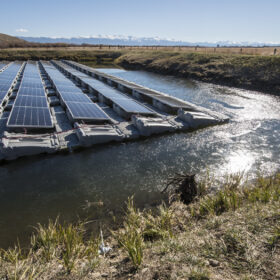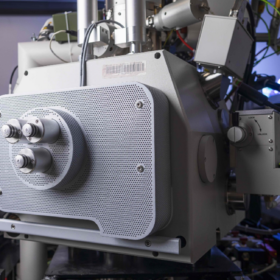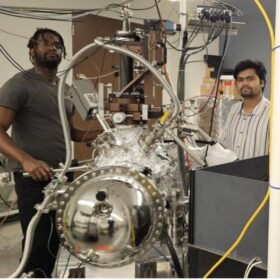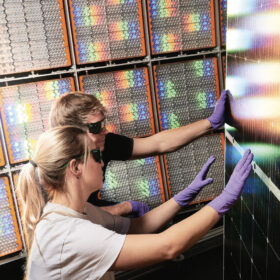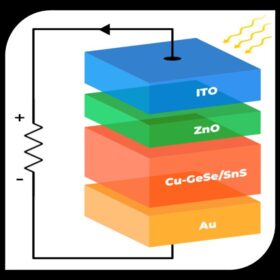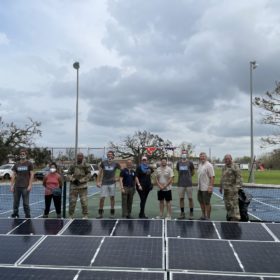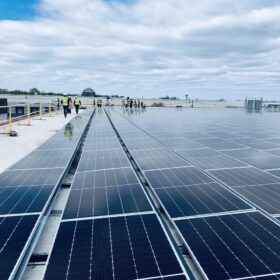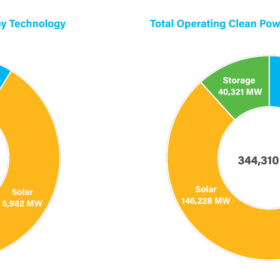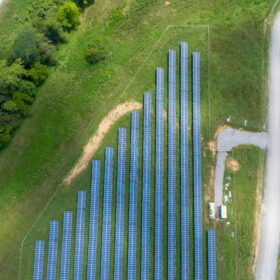Water-based recycling of perovskite solar cells
An international team has developed a new technique to recycle perovskite solar cells (PSC) made on glass substrates using a water-based solution. Tests showed that the recycled cells were as efficient and stable as the original devices.
Just a fraction of federal land could power carbon-free future
Millions of acres on federal land are suitable for renewable energy, of which less than 5% is needed to be carbon-free by 2035, found National Renewable Energy Laboratory.
Potential floating solar generation is ‘ample’, widespread across U.S. reservoirs
Federally controlled reservoirs have between 861 GW and 1,042 GW of potential floating solar generation capacity, and it is well distributed across the U.S., according to a new study by the National Renewable Energy Laboratory.
Solving the UV problem of n-type solar
Laboratory testing has revealed that some negatively-doped, “n-type” tunnel oxide passivated contact (TOPCon) and heterojunction (HJT) solar modules are susceptible to ultraviolet (UV) light-related damage and degradation. That could mean trouble down the line, if modules in the field begin to show UV-related performance loss. Manufacturers are implementing solutions at cell and module level.
Researchers capture first-ever images of electric charges across semiconductor materials within a solar cell
A team from the University of California Santa Barbara used ultrafast electron microscopy to record photocarriers as they diffuse across a silicon and germanium heterojunction. It is the first time the movement, which lasts picoseconds, has been captured as a moving visual.
PV module cooling tech based on single-channel containing nanofluids
Scientists in Mexico have conceived a new solar module cooling tech that can reportedly improve PV power generation by up to 2%. The system uses nanofluids embedded in an aluminum single-channel attached to the back of the panel.
Organic solar cell gains counterintuitive efficiency boost from entropy
A research team at the University of Kansas found that organic semiconductors known as non-fullerene acceptors demonstrate a high solar cell efficiency due to a reversed heat flow.
Shedding light on tandem perovskite solar cell progress
Perovskite tandem devices are at the front of the queue for commercialization but their characterization presents technical challenges.
$20 Million federal initiative targets low-emission silicon and thin film research
The Solar Energy Technologies Office has launched a dual initiative to propel upstream advancements in a collection of solar cell types, and to reduce the emissions of solar-grade polysilicon under 1 kg CO2 per kg.
New quantum solar cell material promises external quantum efficiency of 190%
The new material consists of an heterostructure combining germanium, selenium, and tin sulfide, which also integrates atoms of zerovalent copper. It features an average photovoltaic absorption over 80% and could help photovoltaic cells break the Shockley-Queisser efficiency limit, according to its creators.


